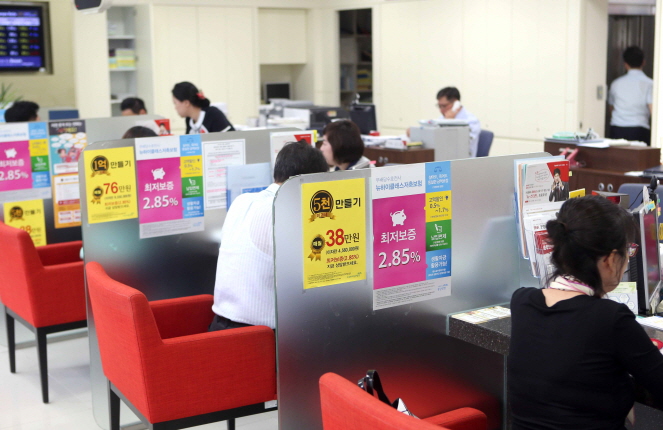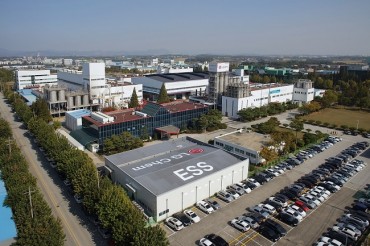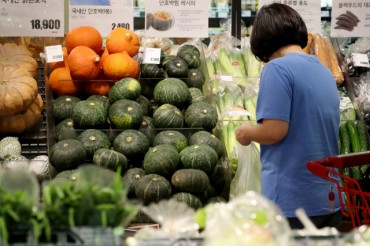SEOUL, Nov. 15 (Korea Bizwire) — The turnover rate of deposits in South Korea hit a near 32-year low in September, central bank data showed Thursday, indicating that money circulation is clogged in Asia’s fourth-largest economy.
The turnover rate of demand deposits came to 16.4 times for September, the lowest since January 1987, when the figure stood at 16.3, according to the data from the Bank of Korea (BOK).
The rate is calculated monthly by dividing the amount of withdrawals with the average account balance. A lower rate means fewer withdrawals, which signals that people are holding on to their cash instead of spending or investing.
The deposit turnover rate had been on the skids since flirting with 100 in 1999. The number rarely exceeded the 20 mark last year before dropping in September from 18.5 in August.
The central bank said the September drop resulted from a temporary factor that the country’s fall harvest holiday led to a decrease in bank business days. The Chuseok holiday ran from Sept. 24-26 this year.
“Every year, the deposit turnover rate declines in the month on which the harvest holiday falls, as people tend to withdraw less money because banks are not open,” a BOK official said.
Market watchers, however, said that a more fundamental reason is people’s unwillingness to spend or invest money amid escalating uncertainty.
Investors rarely find promising investment vehicles due to a litany of unfavorable factors both at home and abroad, including U.S. rate hikes, a U.S.-Chinese trade dispute, a possible slowdown of the global economy, the possibility of a rate rise by the Bank of Korea and sluggish employment in South Korea, they said.
(Yonhap)







